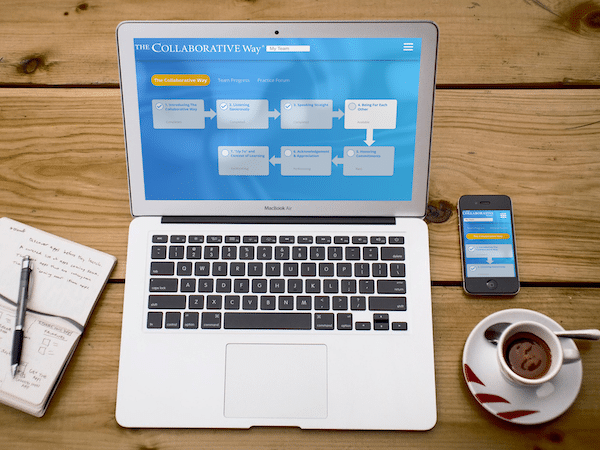KEY INSIGHT: We all make mistakes. However, we hold a double standard – we judge other people’s mistakes differently than we judge our own. Being blind to this double standard is detrimental to effective team work and will negatively impact your ability to lead.
When we make mistakes, we often blame the circumstances of the situation rather than take responsibility for the mistake. When other people make mistakes, we tend to over-emphasize the other person’s role in that mistake–we very quickly blame them! As a result, we tend to assume that other people’s personalities, characters, and values have led to their mistakes:
- It was their fault
- They were not sincere
- They had negative intentions
- They’re stupid, ignorant, and dumb
Once these conclusions arise in our own heads, we tend to act as if they are true. This double standard is very well documented in scientific research and is called the Fundamental Attribution Error. This double standard can be countered through one simple cognitive shift.
KEY ACTION: Give people the benefit of the doubt. Assume that they had positive intentions, identify the situational details, and get the bigger picture.
When the Chairman and CEO of PepsiCo, Indra Nooyi, was asked by Fortune magazine what the most important leadership advice she had been given was, she said, “Whatever anybody says or does, assume positive intent.” When you follow this advice, your whole approach to a person or problem becomes very different. When you assume negative intent, you’re angry or annoyed. If you let go of this anger or annoyance and assume positive intent, you’ll be able to listen generously and speak straight far more effectively.
This is not insignificant advice from a leader who has made one of the boldest moves in her industry in recent years. Nooyi was featured in June 2015 issue of Fortune for her bold move of taking PepsiCo in an “audacious strategy shift beyond unhealthy snacks and drinks”. Despite skeptics and many challenges along the way, PepsiCo has delivered 4% organic growth over the last two years, and has been “crushing the shares of rival Coke over the past three years”.
Assuming positive intent is clearly a powerful leadership move. However, to get good at it, you must first recognize your automatic tendency to see negative intentions when something impacts you negatively, and then you must deliberately practice looking for positive intent.
When you look for positive intent, you give people the benefit of the doubt and you give yourself the chance to learn the details of the situation. You may be surprised how often you learn something that you hadn’t expected. Once you learn the details, you may get to see that the team member was indeed committed, competent, and on top of the situation.
Maybe, in a few cases, you will learn that the person had negative intent. Allow yourself to learn this, rather than jumping to the conclusion without clear information. Then you can take action on clear and verified information.
By assuming positive intent you are also practicing and leading The Collaborative Way. You’ll likely avoid many embarrassing and damaging conversations. Just as importantly, assuming positive intent makes it easier for the other person to engage in a productive conversation rather than getting defensive, and you will be able to work together more effectively to deal with the situation.



It’s not how we make mistakes, It’s how we work together as a team to correct them.
it’s all about core , positive intent and working with the best of your ability that you have towords success .
“Assume good intent” is a reasonable way to address mistakes being brought to managerial attention for the first time.
The hazard is that this practice will be cited to justify continuing unacceptable behavior.
Good point @ANetliner! Where do we draw the line between assume good intent and not lead to the continuation of unacceptable behavior?
I think the key here is that the focus is on recognizing intent, rather than outcome. You can still recognize positive intent, even while acknowledging that that positive intent led to a negative outcome. This is where effective mentorship comes into play – you acknowledge the intent, the actions, and the outcome, then provide suggestions / recommendations to steer towards the desired outcome. Similar to how in a disciplinary setting, you may create a performance improvement plan. Decide together on clear, actionable steps, or a set process that will change the negative outcome.
Thanks for an informative and well researched article
It’s the other way around in my case. I often blame myself much more than others for mistakes. I had to work with a psychologist to gain more understanding and compassion for myself.
The way one approaches the other person is indeed important. My husband always says, “It’s not WHAT you say, it’s HOW you say it.” Checking my own intent and heart BEFORE I go to another person is always key.
Thank you for the well-researched and informative article! Jose Espada Jersey
Thank you for taking the time to write and share this. It’s truly beneficial! Jovani Moran Jersey
Awesome content! Grateful for the knowledge you shared.Philip Abner Jersey
I really appreciate the effort you put into this article. Thank you! Joel Payamps Jersey
Great writing was interesting to read.Samuel Benschoter Jersey